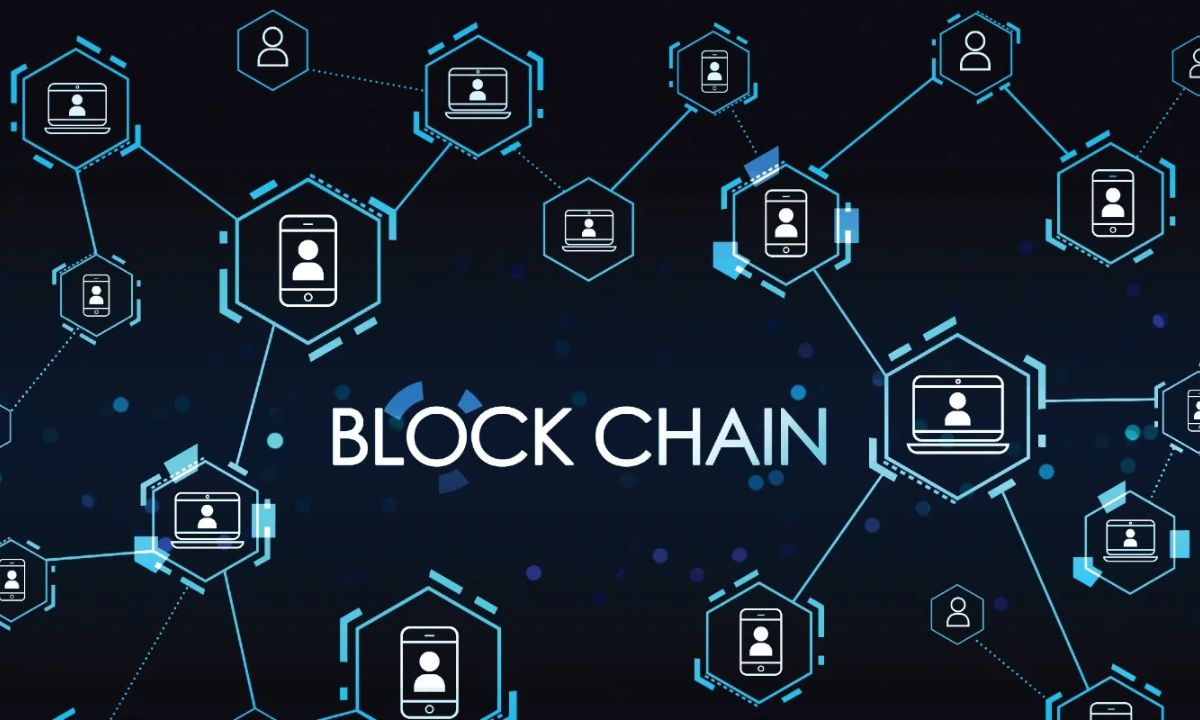Introduction
In the digital age, blockchain technology is revolutionizing various industries, and education is no exception. As institutions increasingly adopt digital solutions, blockchain offers a secure, transparent, and decentralized approach to managing student records, credentials, and learning systems. In this article, we explore how blockchain is transforming education, the benefits it brings, and the future implications for learners and institutions alike.
What is Blockchain Technology?
Blockchain is a decentralized digital ledger that records transactions across multiple computers. It ensures data integrity, transparency, and security by using cryptographic methods to prevent tampering or unauthorized modifications. Each block in the chain contains a timestamp, transaction data, and a cryptographic hash of the previous block, making it nearly impossible to alter past records.
How Blockchain is Revolutionizing Education
1. Secure and Tamper-Proof Academic Records
One of the most significant applications of blockchain in education is secure credentialing. Academic institutions can use blockchain to store degrees, certificates, and diplomas, ensuring that records are immutable and verifiable. This eliminates the risk of forged credentials and streamlines the verification process for employers and universities.
2. Decentralized Learning Platforms
Blockchain enables the creation of decentralized learning platforms where students can access verified courses, training materials, and certifications without relying on traditional centralized institutions. This opens doors to global education accessibility and lifelong learning opportunities.
3. Enhanced Student Identity Verification
With blockchain, students can have a single digital identity that stores all their educational achievements, test scores, and extracurricular activities. This eliminates the need for repeated verification when applying for higher education or job opportunities.
4. Smart Contracts for Automated Processes
Blockchain-powered smart contracts can automate administrative tasks, such as student admissions, tuition payments, and financial aid distribution. These contracts execute predefined conditions, reducing paperwork and ensuring timely and error-free transactions.
5. Tokenization and Micro-Credentials
Blockchain enables the use of token-based education models, where students earn digital tokens for completing courses or achieving milestones. These tokens represent micro-credentials that can be accumulated and used for employment or further studies.
Also Read: Free vs. Paid Educational Software: Which is Worth It?
Benefits of Blockchain in Education
1. Enhanced Data Security and Privacy
Blockchain’s encrypted and decentralized structure ensures that student records and personal information are protected against hacks, leaks, and unauthorized access. This is crucial for maintaining data privacy in the digital learning space.
2. Reduced Fraud and Misrepresentation
Educational credentials stored on a blockchain cannot be altered or falsified, reducing instances of degree fraud and misrepresentation. Employers and institutions can verify credentials instantly without contacting issuing authorities.
3. Cost-Effective and Efficient Processes
By eliminating manual verification and paperwork, blockchain reduces administrative costs for institutions and speeds up processes such as admissions, fee payments, and certificate issuance.
4. Global Accessibility to Education
Blockchain facilitates borderless education, allowing students to earn credentials that are recognized globally. This is especially beneficial for international students, distance learners, and professionals seeking skill upgrades.
5. Encourages Lifelong Learning
With blockchain-based personalized learning records, individuals can track their educational progress throughout their lives, making it easier to transition between different careers, institutions, and learning platforms.
Real-World Examples of Blockchain in Education
1. MIT Digital Diplomas
The Massachusetts Institute of Technology (MIT) uses blockchain to issue tamper-proof digital diplomas, allowing graduates to share and verify their credentials instantly.
2. IBM’s Learning Credential Network (LCN)
IBM has developed a blockchain-powered Learning Credential Network, enabling organizations to verify employee qualifications securely.
3. Sony Global Education
Sony uses blockchain technology to develop a secure platform for storing and sharing educational records, enhancing data security and verification processes.
Challenges of Implementing Blockchain in Education
1. Scalability Issues
Blockchain networks require significant computational power and storage, which can make them challenging to scale for large educational institutions.
2. Regulatory and Legal Concerns
The adoption of blockchain in education faces legal and regulatory hurdles, particularly regarding data privacy laws like GDPR and FERPA.
3. Lack of Standardization
There is no universal standard for blockchain-based educational credentials, making it difficult for institutions to adopt a common verification framework.
4. High Initial Implementation Costs
Integrating blockchain requires investment in technology, infrastructure, and training, which may be a barrier for smaller institutions.
Future of Blockchain in Education
Despite these challenges, the future of blockchain in education looks promising. As technology evolves, we can expect:
- Increased adoption by universities and organizations for credential verification.
- Interoperable blockchain networks to streamline global recognition of qualifications.
- Integration with AI and machine learning for enhanced personalization of learning experiences.
- More decentralized learning ecosystems, reducing reliance on centralized institutions.
Blockchain technology has the potential to redefine the education sector by offering secure, transparent, and decentralized solutions for credentialing, identity verification, and academic administration. While challenges exist, the benefits far outweigh them, making blockchain a crucial innovation for the future of education.
